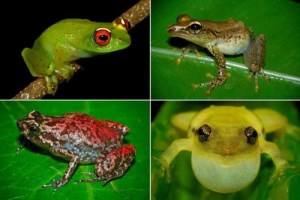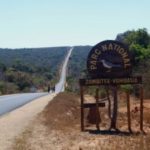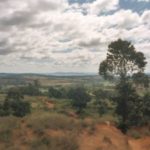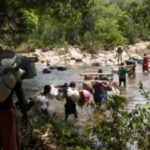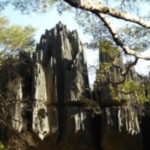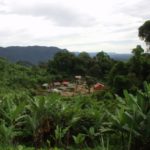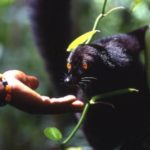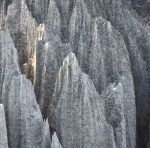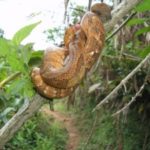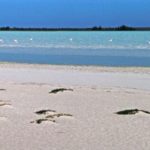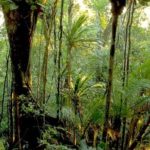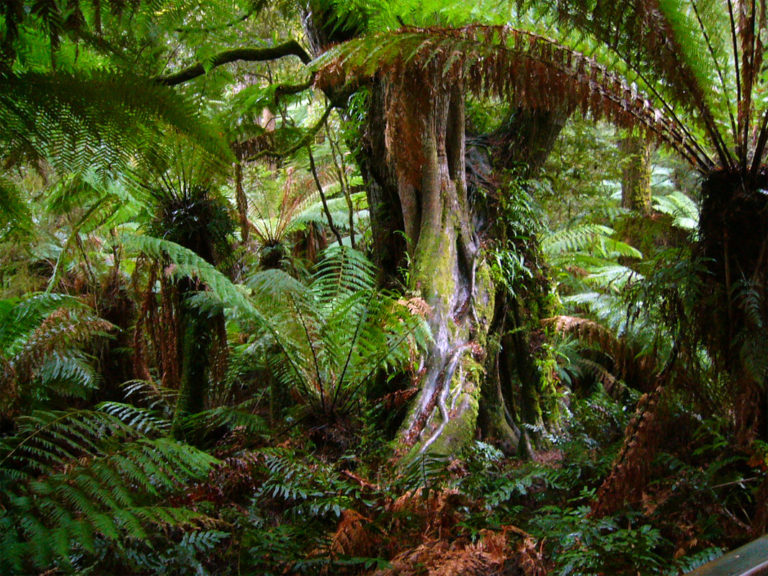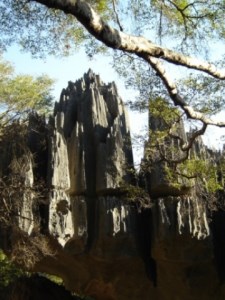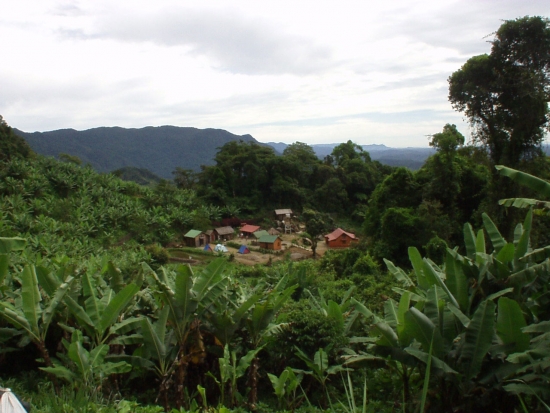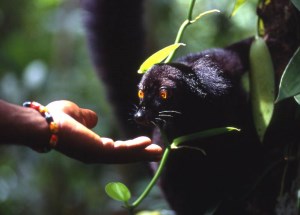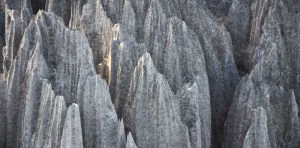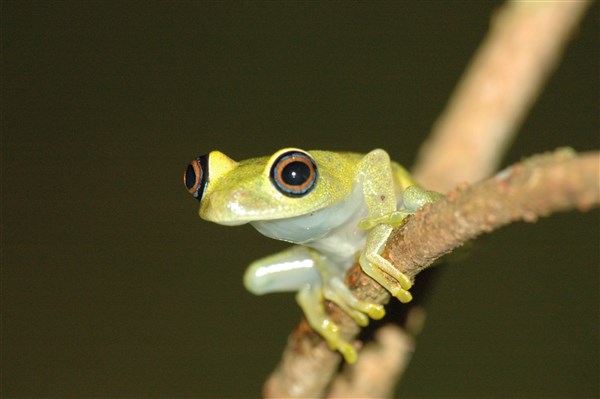Madagascar's Betampona:
Biodiversity in the smallest space
In the east of the country, about 40 km northeast of the port city of Tamatave, lies the small integral reserve Betampona. It covers just 2.3km², but can boast an incredible biodiversity, which since recently visitors can also admire. In the small area are proud 95 bird species native. Also live 11 lemur species and 10 other endemic mammal species in Betampona. The rare Vari is one of the lemur species native to Betampona. Unfortunately, the current population amounts to only about 35 animals, so that a renowned conservation project is trying to settle more specimens of this species in Betampona, in order to enrich the gene pool of the native group and to ensure the survival of the species. Even plant species that are acutely threatened with extinction only unfold their flowering splendor here. More than 250 plant species are found in the small area on the east coast.
Betampona: One of the smallest and oldest protected areas on Madagascar
That Betampona is an area that deserves special protection was recognized already 1927. Madagascar was already then one of the first countries to establish special protected areas to preserve the unique Flora and Fauna was identified. Betampona has been officially registered by ANGAP (National Association for the Management of Protected Areas) since 1966. Madagascar National Parcs managed and is also listed in the International Union for Conservation of Nature (IUCN). Because, despite the small space, it is home to a large number of plant and animal species that require intensive protection, the reserve was until recently designated only as an integral reserve and access is therefore only permitted to scientific research groups. At the moment, some research and conservation projects are still ongoing in order to preserve Betampona in the future. Nevertheless for some time tourists also visit the area. Since the area is difficult to access and you should not startle the native animals, it is advisable before a visit to check in detail with the Madagascar National Parcs office in Tamatave to inform.

